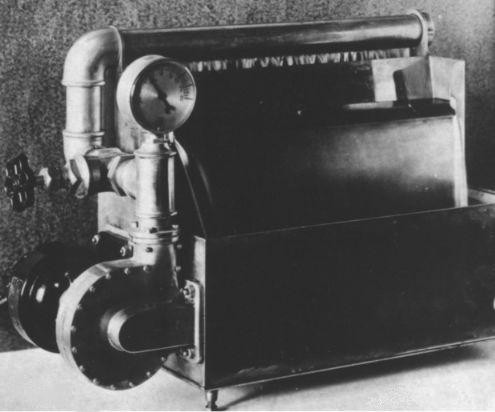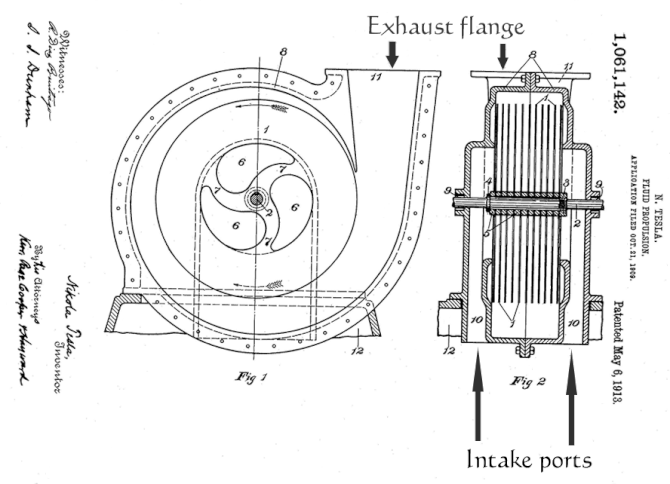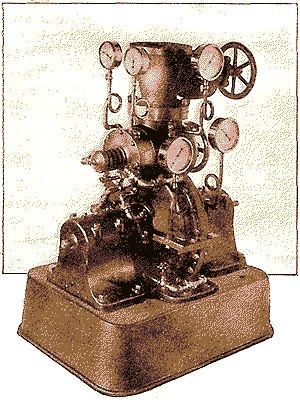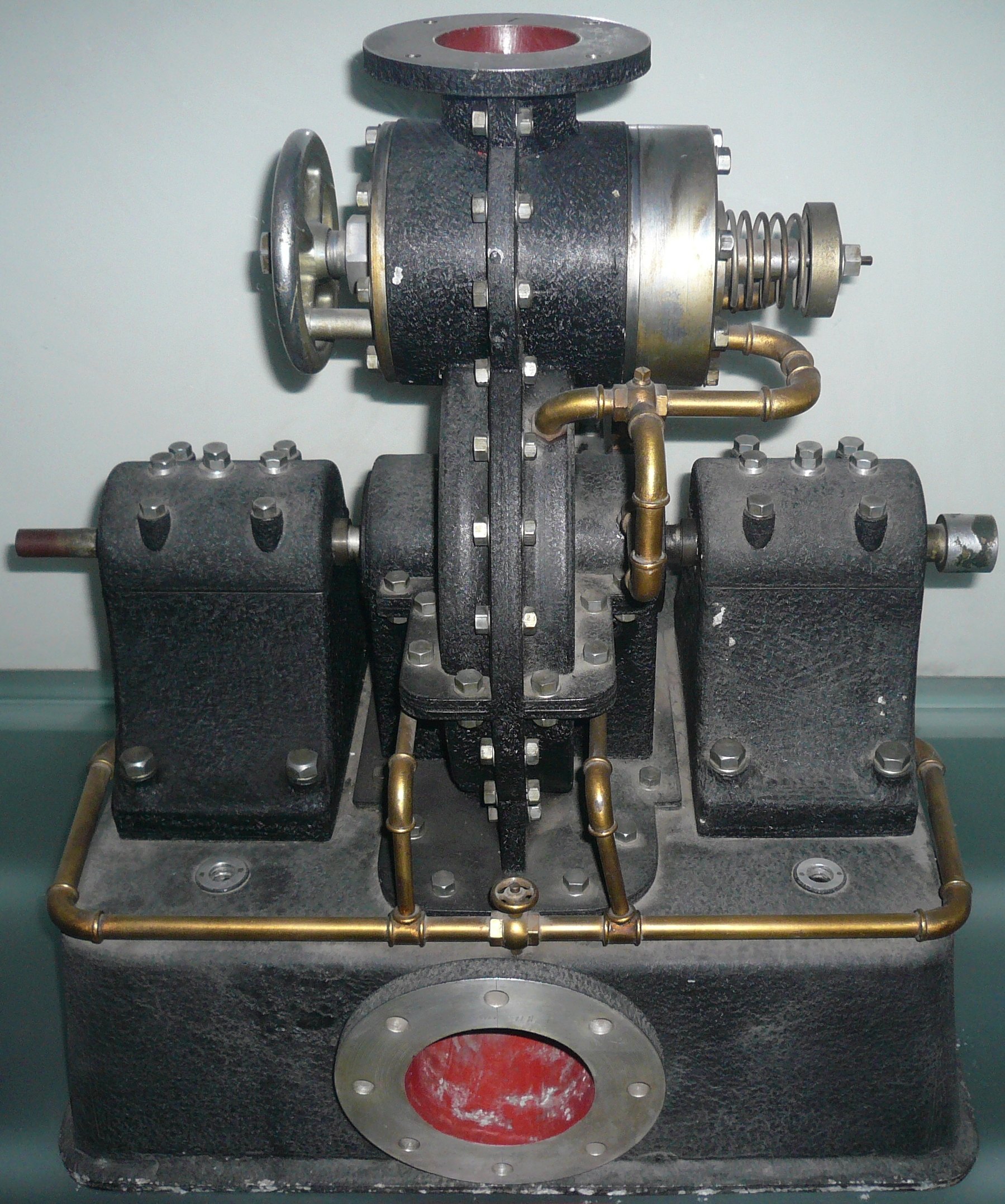Hello to you all!
I am very proud to be able to share this information with you all!
Nikola Tesla's atmospheric air pressure powered Rotary Air Engine aka "Tesla Turbine"
Add the air valve from his later patent 1,329,559 and use either of these methods to start the turbine by creating a vacuum.
1. Manual or electric vacuum pump
2. Fuel & spark
3. High pressure air or water, fluid or gas
4. Glow plug (my idea)
It's all in the patents.
Create a vacuum and the one way air valve will only allow atmospheric pressure in.
The high internal vortex air being only able to exit the exhaust ports which instantly increases the vacuum.
The magic ingredient is the "almost frictionless bearings. Tesla used air bearings powered by the devices own vacuum! How clever is that!
Magnetic bearings are also favourable providing they are stable.
Go to 2:25 in the video.
It's Tesla's best design for a controllable tornado in a box and he hid it well from the right people but I was able to follow the Hansel & Gretel breadcrumb trail through his patents.
Happy building folks!!!
I'm a few weeks away from an awesome set of permanent magnetic bearings for this!
I am very proud to be able to share this information with you all!
Nikola Tesla's atmospheric air pressure powered Rotary Air Engine aka "Tesla Turbine"
Add the air valve from his later patent 1,329,559 and use either of these methods to start the turbine by creating a vacuum.
1. Manual or electric vacuum pump
2. Fuel & spark
3. High pressure air or water, fluid or gas
4. Glow plug (my idea)
It's all in the patents.
Create a vacuum and the one way air valve will only allow atmospheric pressure in.
The high internal vortex air being only able to exit the exhaust ports which instantly increases the vacuum.
The magic ingredient is the "almost frictionless bearings. Tesla used air bearings powered by the devices own vacuum! How clever is that!
Magnetic bearings are also favourable providing they are stable.
Go to 2:25 in the video.
It's Tesla's best design for a controllable tornado in a box and he hid it well from the right people but I was able to follow the Hansel & Gretel breadcrumb trail through his patents.
Happy building folks!!!
I'm a few weeks away from an awesome set of permanent magnetic bearings for this!











Comment